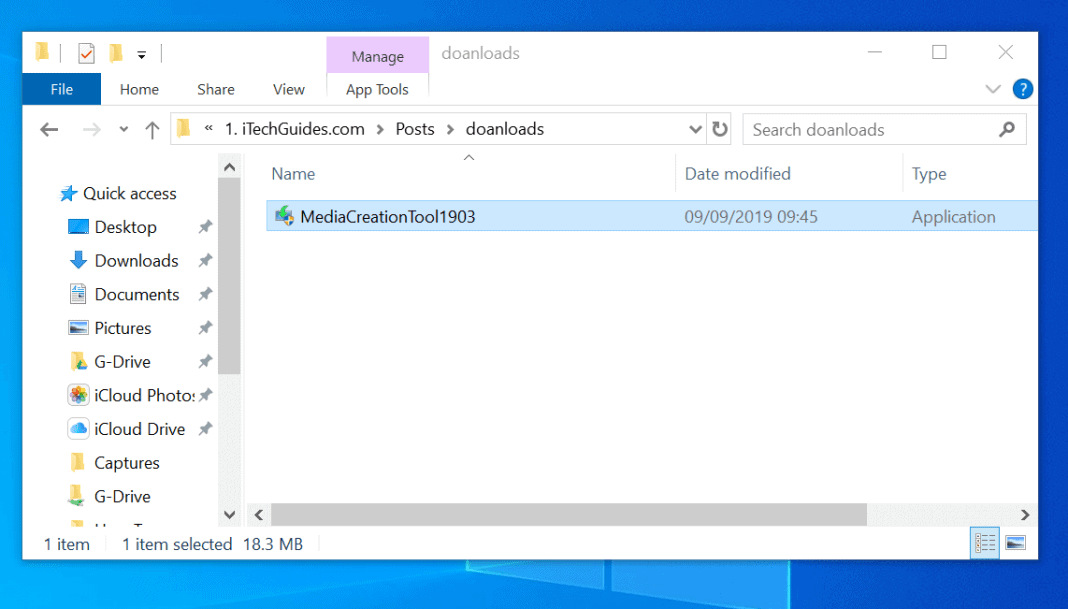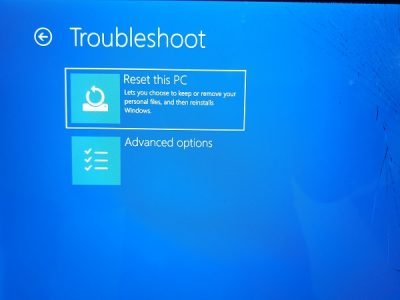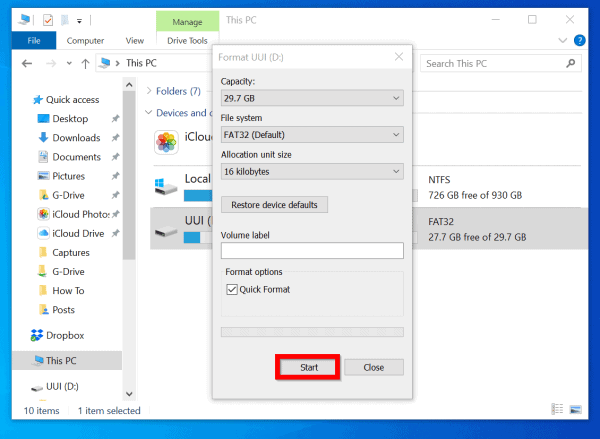
Under the “Download” section, click the link to download the latest version of the tool.ĭouble-click the executable to launch Rufus.Ĭlick the Settings button a the bottom of the page (the third button from the left). To make a Windows 10 installation media from Rufus with UEFI or BIOS support, use these steps: Create bootable USB drive of Windows 10 from Rufus Select the flash drive from the list, making sure it doesn’t have any important files, as this process will erase everything on it.Īfter completing the steps, you can start your computer using UEFI or BIOS with the USB drive to install Windows 10. Select the “USB flash drive” option to create the bootable USB installation media. Quick note: If you’re about to create a Windows 10 USB for another device, clear the “ Use the recommended options for this PC” option to select the correct language, architecture, and edition as necessary.

To create a Windows 10 bootable USB, use these steps: Create bootable USB drive of Windows 10 copying files to USBĬreate bootable USB drive of Windows 10 from Media Creation Tool.Create bootable USB drive of Windows 10 from ISO.



Instead, Microsoft upgrades computers gradually, taking some time until the new version reaches every device. When a new version of Windows 10 becomes available, not everyone gets the latest release on the same day. On Windows 10, you can create a bootable USB drive with multiple tools, and in this guide, you will learn how. Alternatively, open “Rufus,” use the “Download” option to grab the Windows 10 ISO, choose the USB media settings, and click the “Start” button to create the Windows 10 bootable USB flash drive.To create a Windows 10 bootable USB, download and open the “Media Creation Tool,” connect a flash drive to the computer, select the “Create installation media” option, and continue choosing the “USB flash drive” option.


 0 kommentar(er)
0 kommentar(er)
